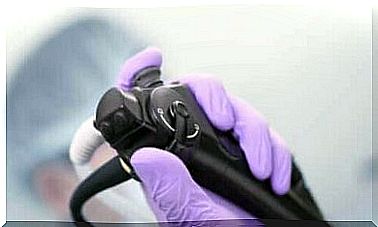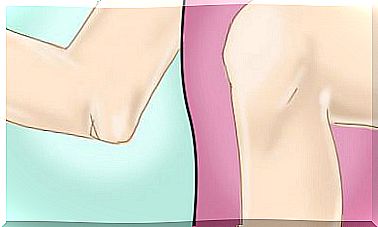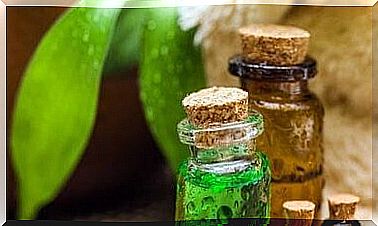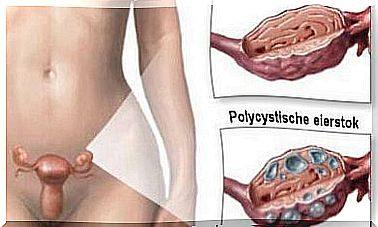What To Do After A Bee Sting?

Have you ever wondered how to deal with a bee sting? Although the complaints are mild in most cases, they can sometimes cause complications. That’s why it’s important to learn a little first aid to deal with this kind of problem. Below we give you some handy tips on what to do after a bee sting.
A bee sting can cause pain, swelling, redness, and warmth in the affected area. In some cases, however, it can cause more serious symptoms. This is the case, for example, if the affected person has an allergic reaction.
In addition, bee stings can be life-threatening in certain cases, especially when a person is stung by several bees. What should you do after a bee sting?
5 tips for after a bee sting
When a bee stings, they release a poisonous substance that can cause inflammation, pain and other symptoms. In fact, many people are allergic to this substance and can develop serious symptoms after a bee sting.
If someone close to you or yourself experiences severe symptoms, you should contact a doctor as soon as possible to discuss. These stings can cause serious health complications that require medical intervention.
However, even mild stings can cause severe redness and increased swelling in the affected area. Bee stings can also cause itching, burning, and other discomforts. In these cases, some self-care may be enough to relieve your symptoms. So take notes so you know what to do after a bee sting!
1. Remove the sting
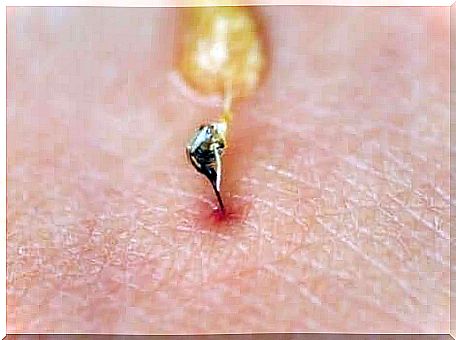
When a bee stings, its stinger usually gets stuck in your skin. After this, the bee dies. In fact, it is the only insect that dies after being stung. Other types of insects, including wasps, retain their stinger and can sting you.
Correct removal of the stinger is the first step to avoid increased exposure to toxins. How can you properly remove the stinger?
First of all, it is important to remove the sting as soon as possible. However, you should avoid abrupt methods such as using tweezers or a similar tactic.
The correct way to remove the sting after a bee sting is to gently scrape a flat-edged object across the skin. For example, you can use the back of a spoon or a debit card.
2. Wash with soap and water
One of the risks of a bee sting is the development of an infection. For this reason, after a bee sting, the affected person should wash the skin well with water and antibacterial soap. This should be repeated daily until the skin is completely healed. It is possible that the skin will later become infected.
3. Use cold compresses or ice
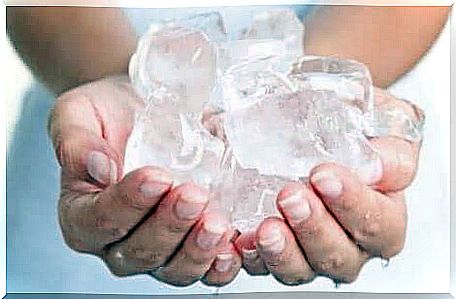
The symptoms you can get after being stung can be uncomfortable and painful. The severity of the complaints depends on the reaction of your immune system to the poison that has been injected into the skin by the insect.
In any case, applying a cold pack or ice pack to the area can ease the discomfort. Cold reduces the inflammation caused by a bee sting. Ideally, after a bee sting, you should chill for about 8 or 10 minutes until you feel relief.
4. Do not scratch the affected area
Many people scratch their skin when it itches after being stung by an insect. However, this is a mistake. While providing some relief initially, scratching increases the swelling of the skin, prolongs the itching, and also increases the risk of infection. Therefore, you should try to avoid it altogether.
5. Apply a soothing product to the skin

There are several remedies that can help prevent itching and redness of the skin. Using calamine lotion as well as a baking soda paste can help reduce the itchiness after a bee sting.
- Calamine lotion is an antihistamine available at pharmacies.
- You should apply these remedies several times a day to control the burning sensation and itching.
When should you see a doctor after a bee sting?
You can usually take care of it yourself after a bee sting, without going to the doctor. However, there are some complications that can arise that should be checked by a professional.
If the reaction is very strong, the discomfort persists or even worsens, it is best to go to the emergency room. Some serious reactions include:
- Urticaria (hives)
- Pale skin
- severe itching
- Swelling of the tongue and throat
- labored breathing
- fast heart rate
- Nausea and vomiting
- Diarrhea
- Dizziness
- Moderate or high fever
- Loss of consciousness
If you experience these symptoms, it could be a sign of anaphylactic shock, a life-threatening allergic reaction. You must act quickly to avoid complications. That is why it is essential that you see a doctor or go to the emergency room as soon as possible.
You should also see a doctor if you have been stung several times. Although the symptoms may seem mild, it is important to get treatment to avoid a severe reaction later on. The doctor can prescribe medication such as painkillers and antibiotics, if necessary.
Summarized…
Although most cases of bee stings are mild, it is important to know how to act after a bee sting to avoid potential complications. Using these recommendations for proper treatment will speed your recovery and reduce the risk of infection.




